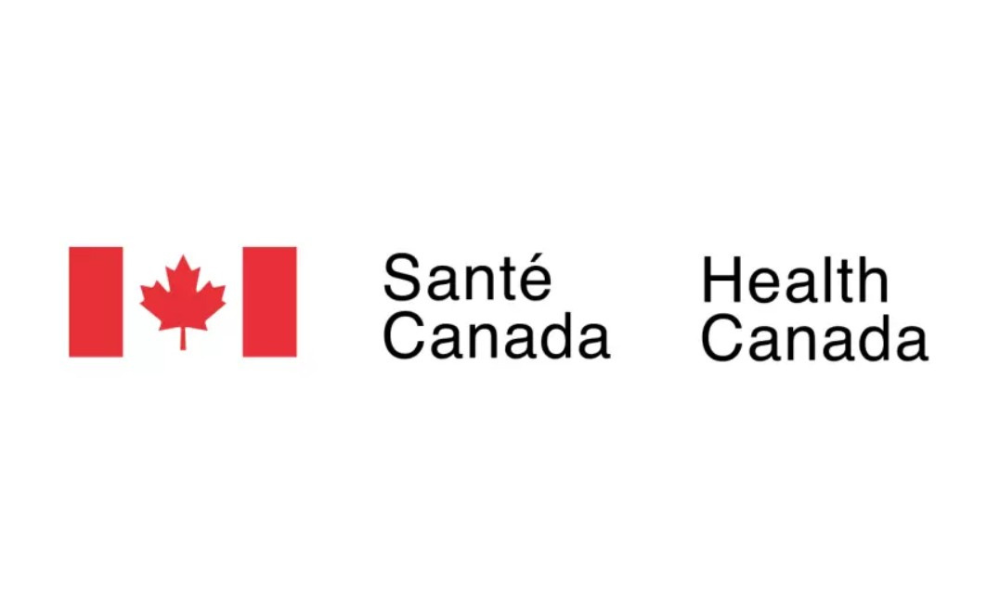Details how employers must assist workers with return to work

British Columbia has updated its Health and Safety for Small Businesses: A Guide to WorkSafeBC to detail employers’ responsibilities to their workers and how small businesses can prevent injuries.
The revised document notes that employers must establish a valid occupational health and safety program, train employees to do their work safely and supervisors to carry out health and safety responsibilities, and regularly inspect the workplace to ensure everything is working properly.
Employers must also ensure adequate first-aid equipment, supplies and trained attendants are on the site to handle injuries and fix problems reported by their workers.
Small business owners must also have the following in place: a process of identifying, assessing and controlling hazards in the workplace; written safe work procedures and emergency response procedures; incident investigations to identify causes of injuries and prevent recurrences; and a joint health and safety committee or a worker health and safety representative.
WorkSafeBC also noted that employers must help employees who are recovering from an injury as it has benefits to the business, including the retention of skilled and experienced workers, reduced productivity losses and workflow interruption and reduced WorkSafeBC premiums.
“Many people believe that being away from work after an injury decreases stress and allows healing. But medical evidence proves that recovering at work is better for most workers,” WorkSafeBC said. “Supporting people in their recovery at work is good for them and good for the business. Having workers perform some duties while they recover keeps them connected with you and can prevent long-lasting disability.”
Other contents of the revised guidelines include rules on addressing workplace injuries and insurance coverage and premiums.





